The strange phenomenon of fairy circles in Africa
In the meadows of South Africa , there are thousands of circular tasks devoid of vegetation that are called "the circles of fairies". They grow up to do between 2 and 15 meters in diameter, and occur in the middle of grassy vegetation, in particular Namibia . But they are also present in Angola and South Africa.
These circles are on a band of about 160 km inside the land, which extends south from Angola on about 2,400 km. Located on a remote and inhospitable stripe of land near 200 km from the nearest village, fairy circles have been studied since their reporting in 1971, but no conclusive evidence of their existence has been found.
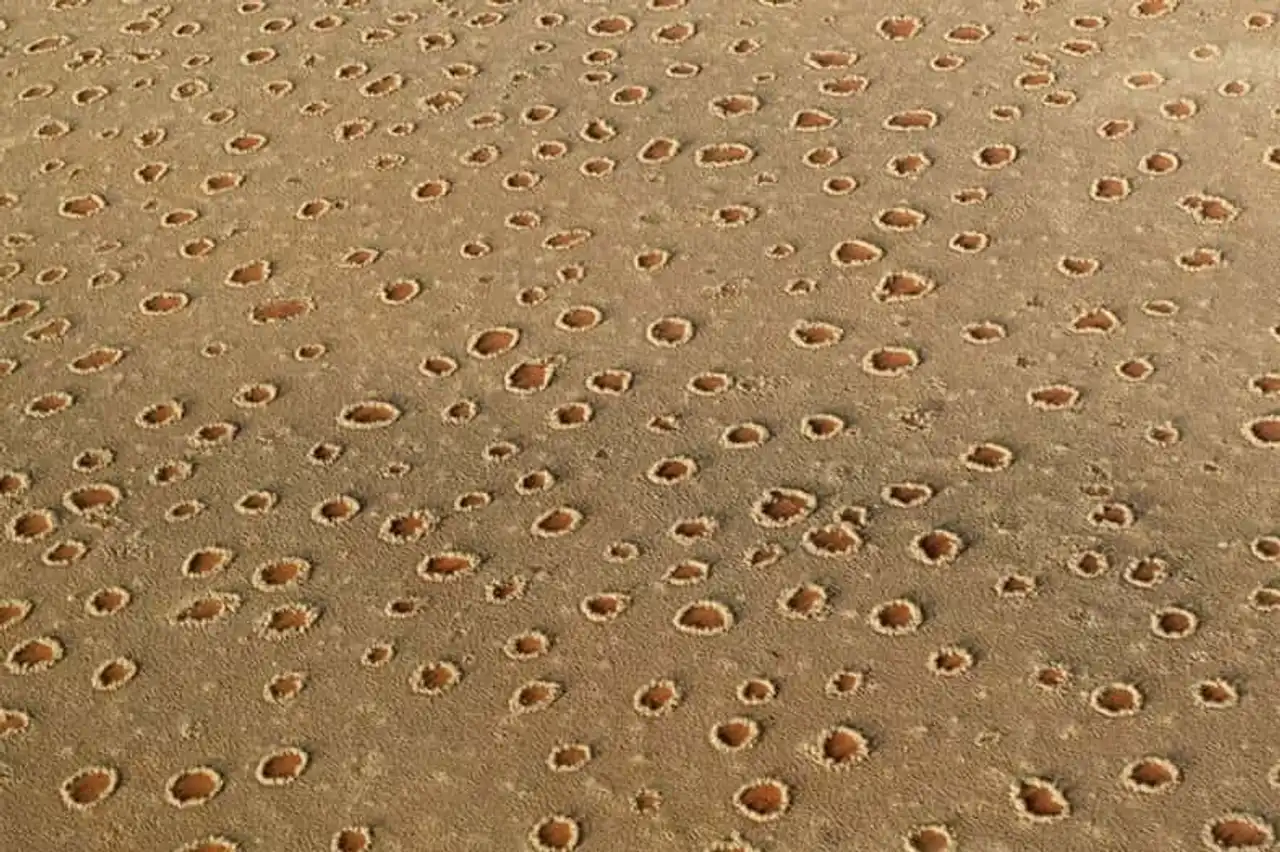
According to Himbas , a Bantu people of northern Namibia, the circles are caused by a dragon who lives under the earthly crust whose fiery breath rises to the surface, burning vegetation in almost perfect circles. Others have expressed the more probable hypothesis that the phenomenon is caused by ants, termites, radioactive soils or toxins secreted by the Damara euphorbia a toxic endemic plant.
A new research could now give a more credible explanation of fairy circles. A German biology teacher Norbert Juergens from the University of Hamburg, discovered that this intriguing phenomenon is actually the result of “sophisticated ecological engineering” caused by the Sand termite Psammotermes allocerus .
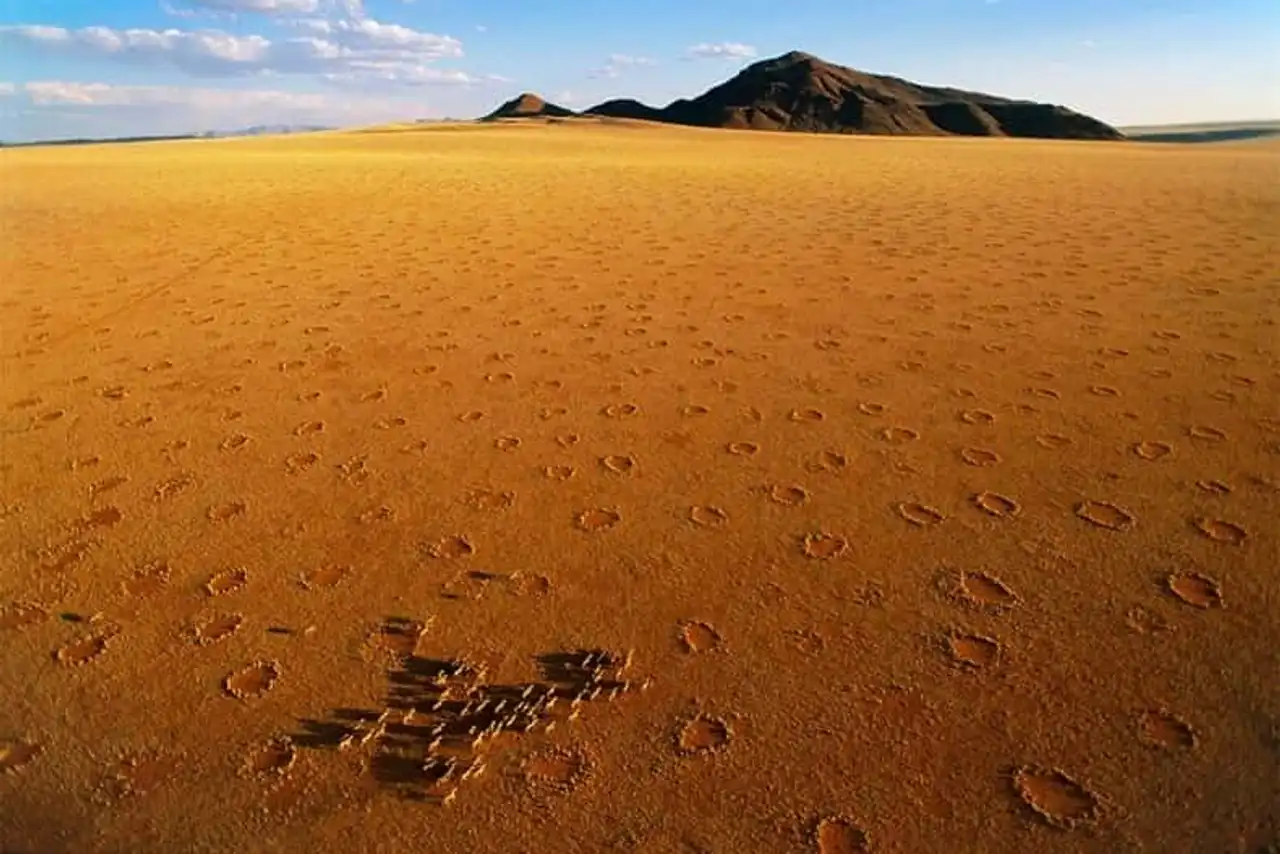
Sand termites were found in 80-100% of the circles, and in 100% of the newly formed circles and they were the only insects to live on the whole strip of land where the phenomenon takes place. The termites create the circle of fairy using vegetation , and digging in the ground to create the ring. The arid circle allows the water to infiltrate through sandy soil and accumulate under ground, allowing the soil to remain wet, even in the dryest conditions . The herbs grow at the edge of the circle due to the accumulation of water. The termites feed and slowly increase the size of the circle. In a way and paradoxically, they kill the grass by pushing it . Because of this behaviour, the termites of sand grow their own sources of food and water, creating a local ecosystem similar to the beaver for example.
Walter R. Tschinkel, a biologist at the State University of Florida who also studied the fairy circles, challenged Juergens’ conclusions that Juergens “had made the common scientific error to confuse (and even very strong correlation) with the causal link. Previously, Tschinkel had sought "forageous termites," without success.
Juergens replied by saying that Dr.Tschinkel "was looking for bad termites." Sand termites are different from the "forageing termites" and live deeply under the circle, not creating mounds or nests on the ground and moving so as not to leave traces in the sand.
The debate has been under way for some time to find out where these circles come from, and it is likely that the circle will spread to the future. The Himbas are, however, indifferent . For them, there is nothing to explain: the circles are the “prints of the gods”.
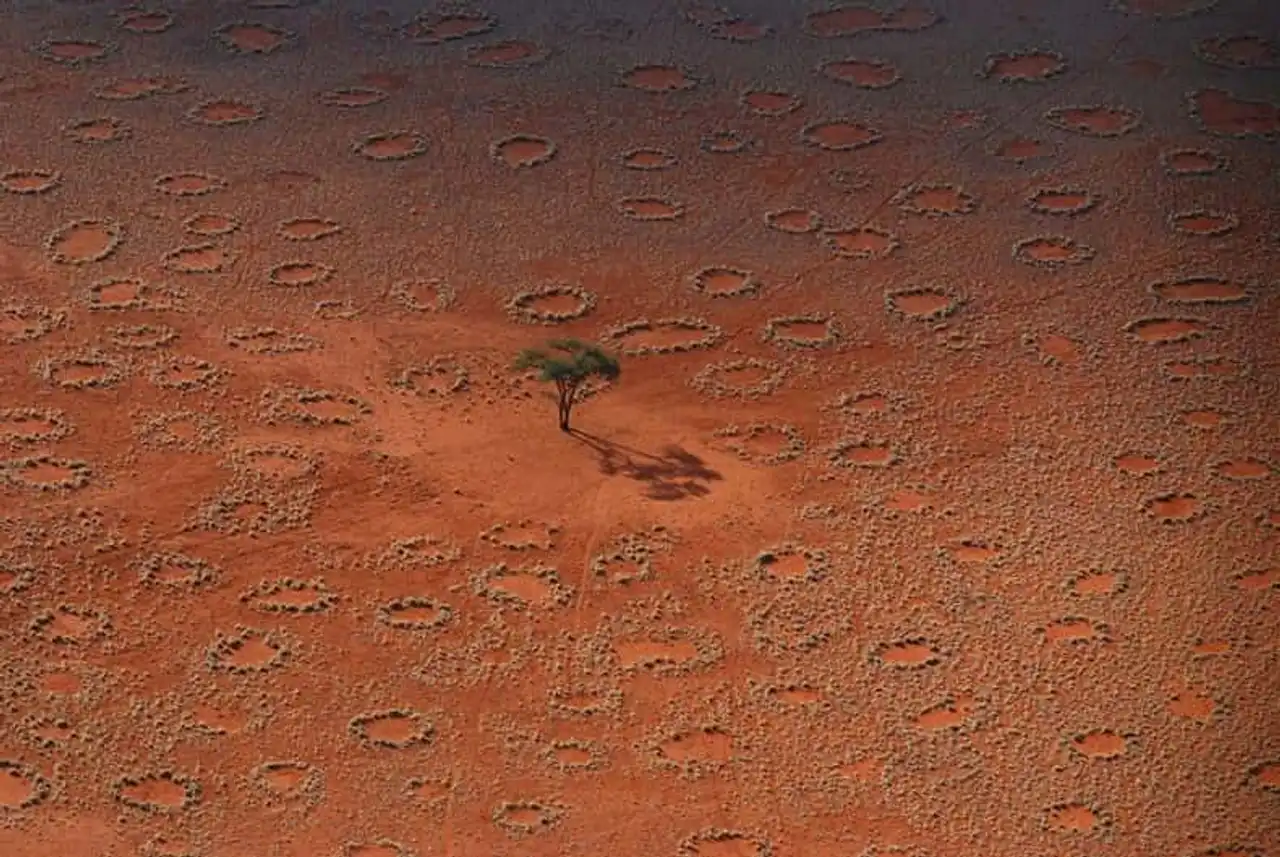
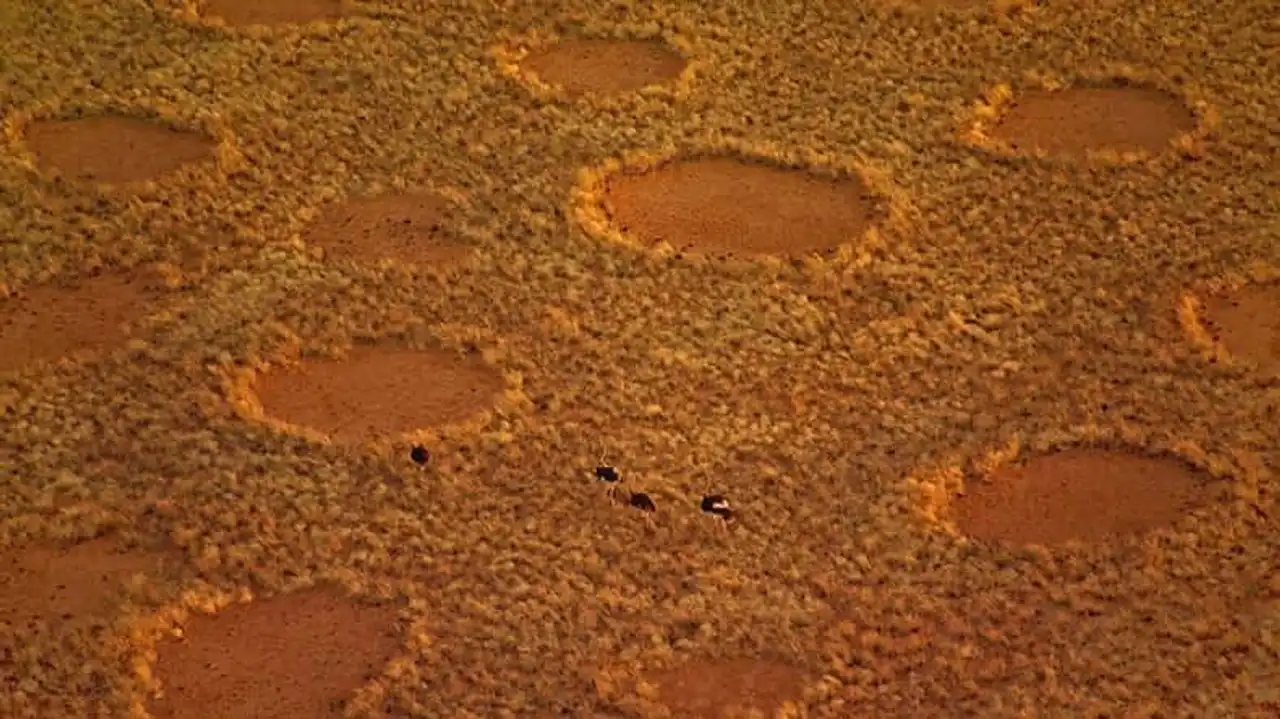
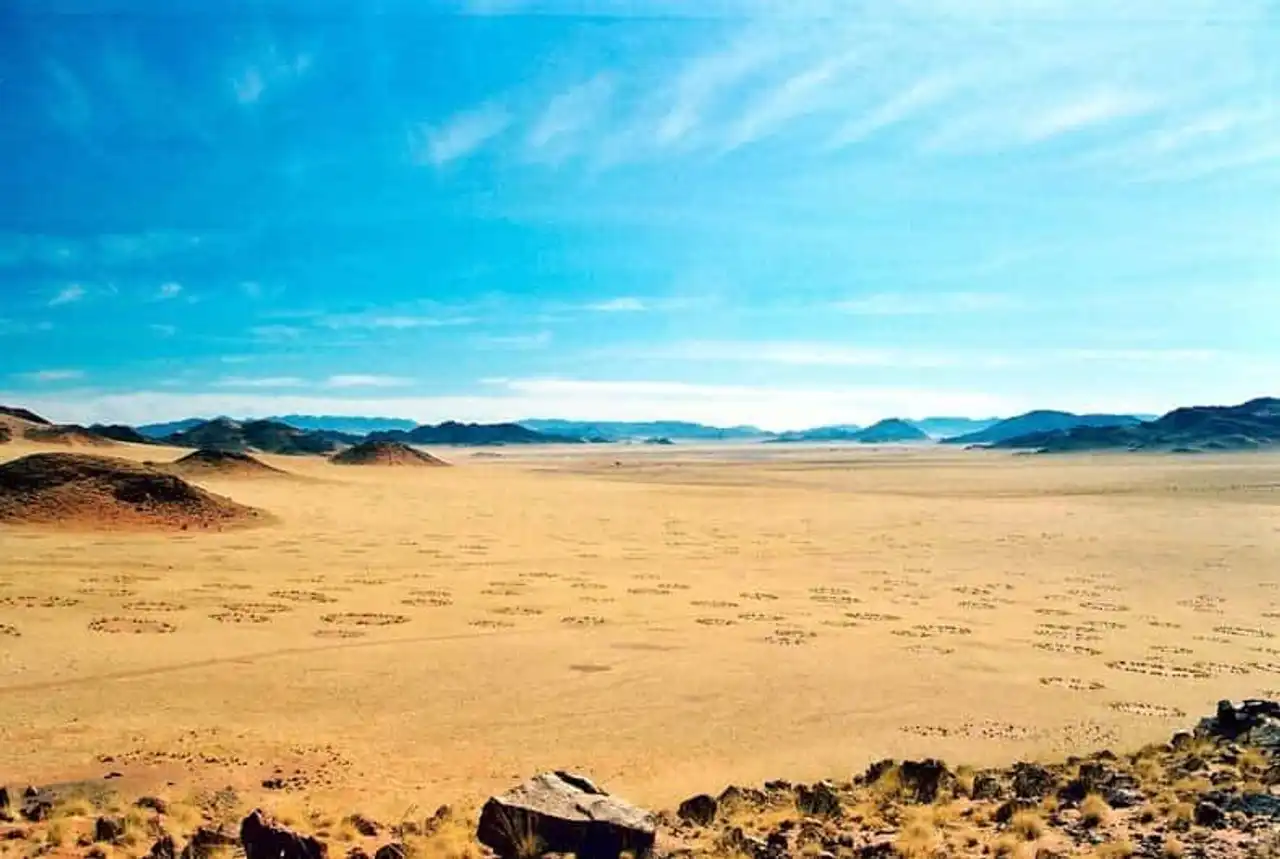
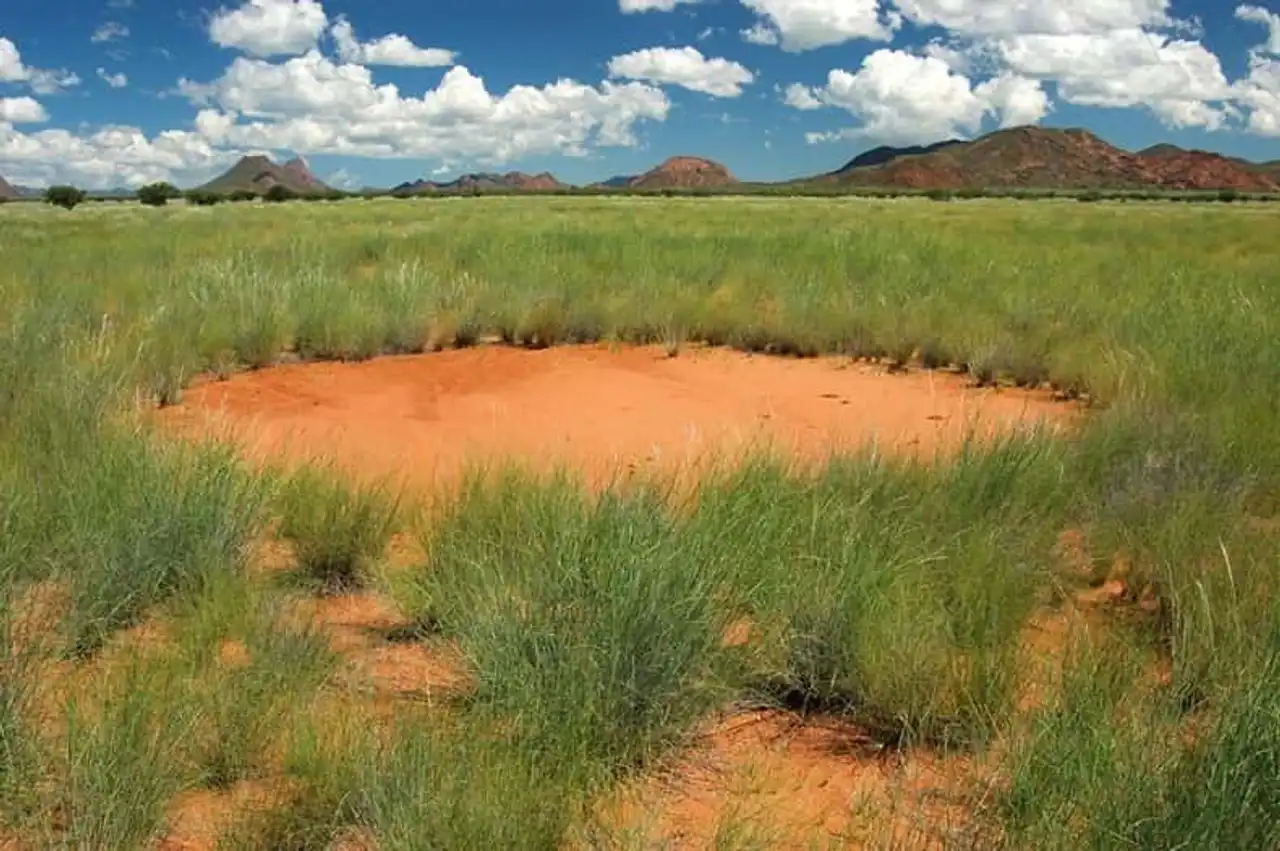
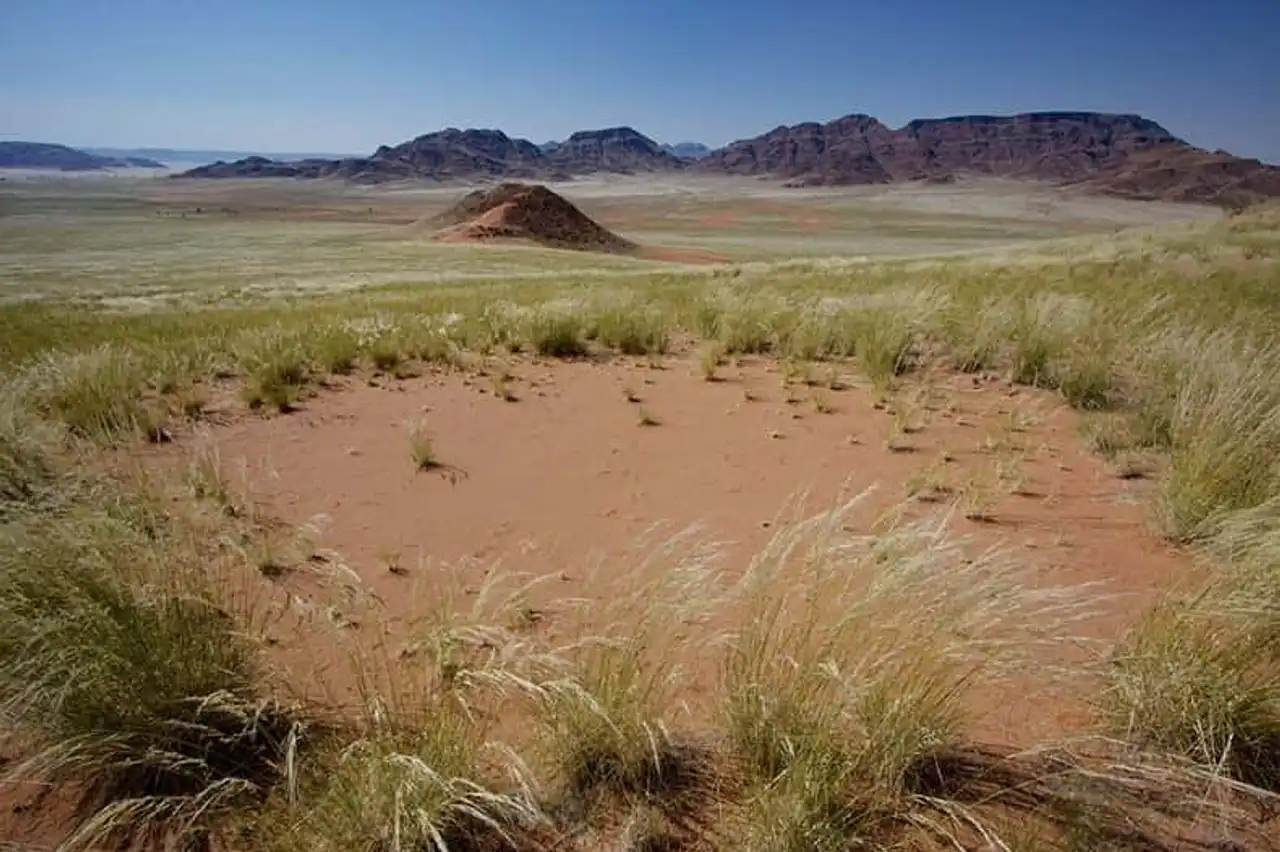
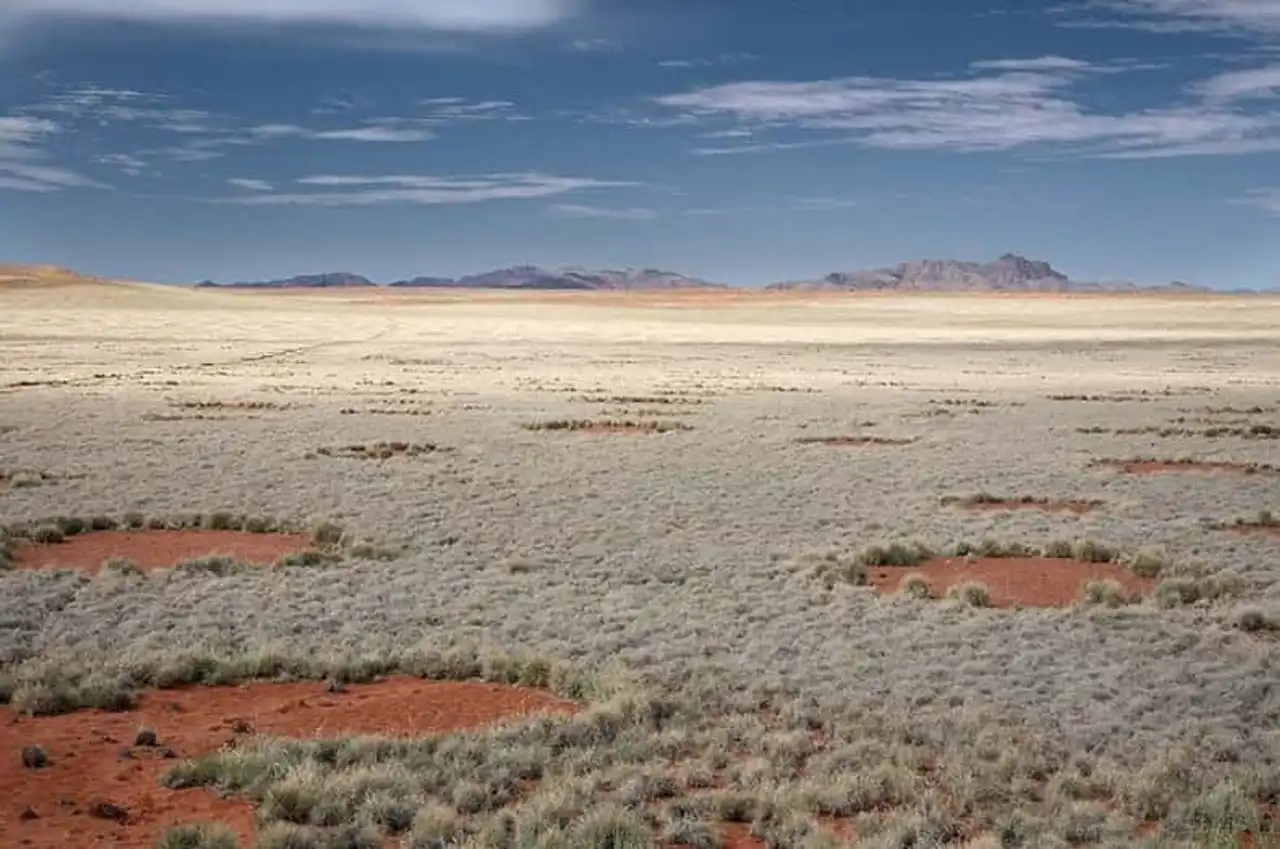
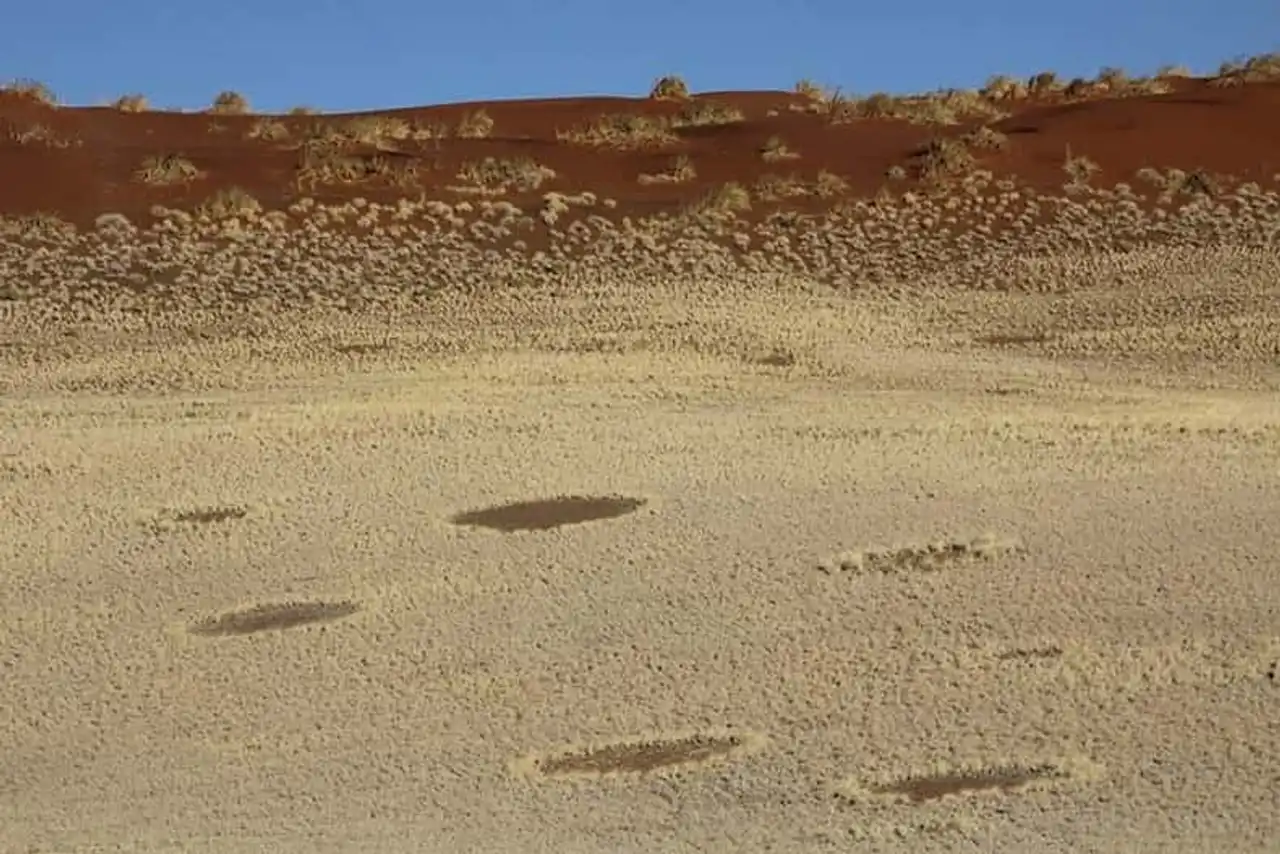
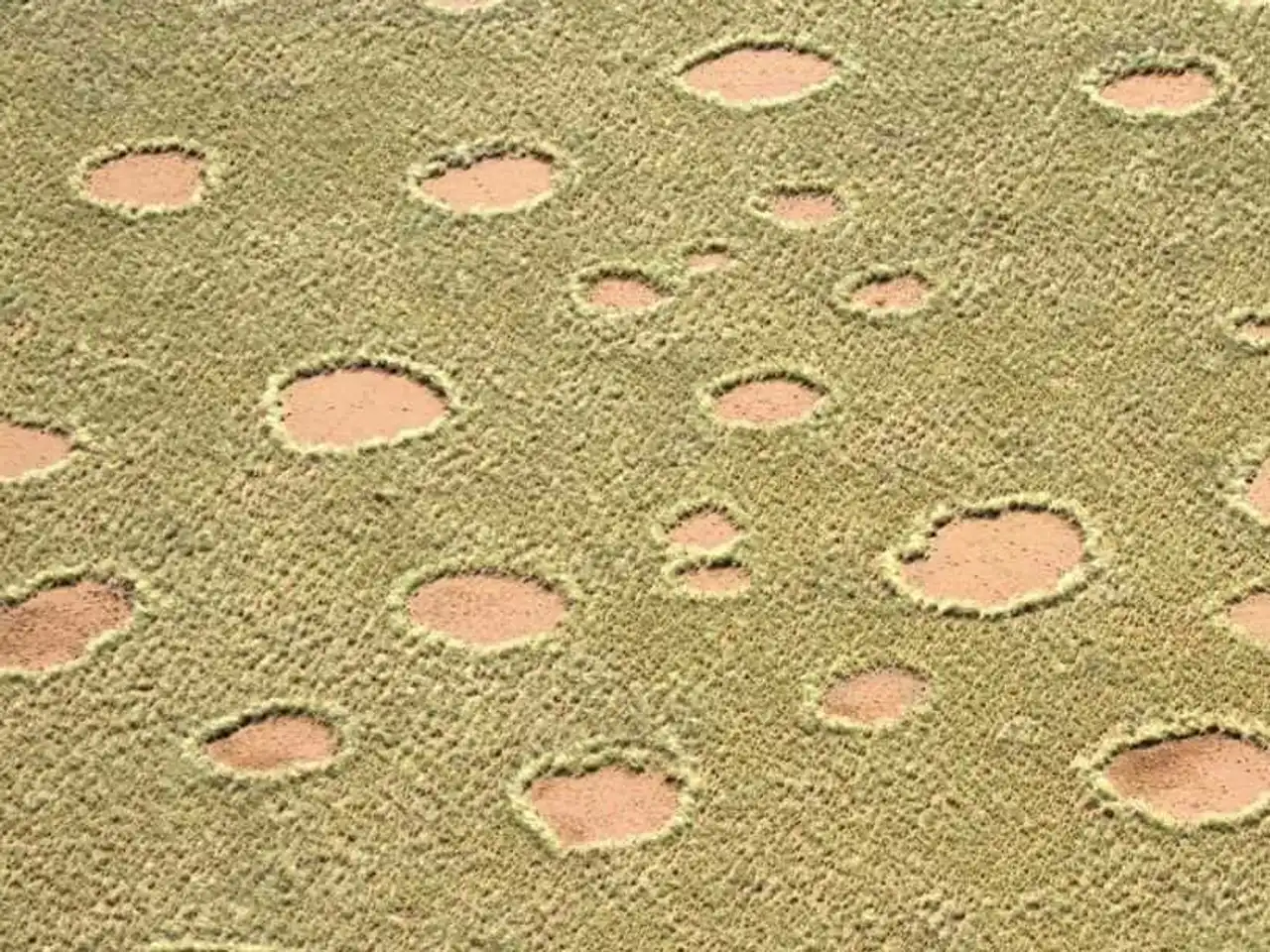
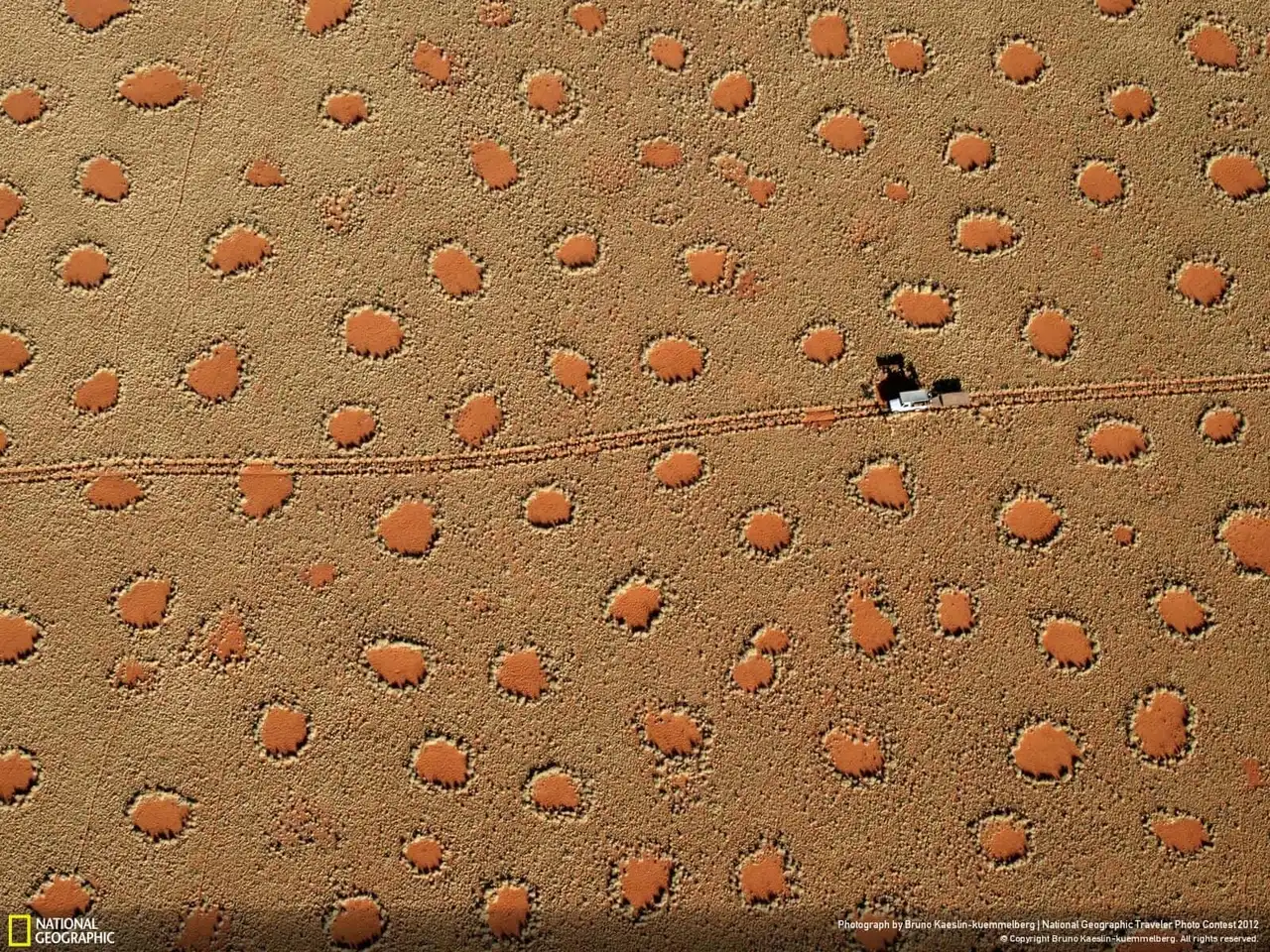
Sources text et photos : Amusing Planet , Wikipedia , Independent Online




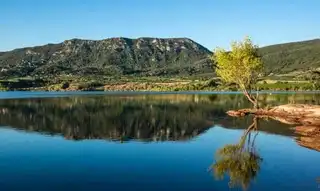

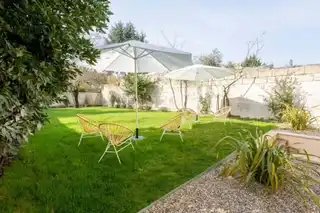
Loading comments ...